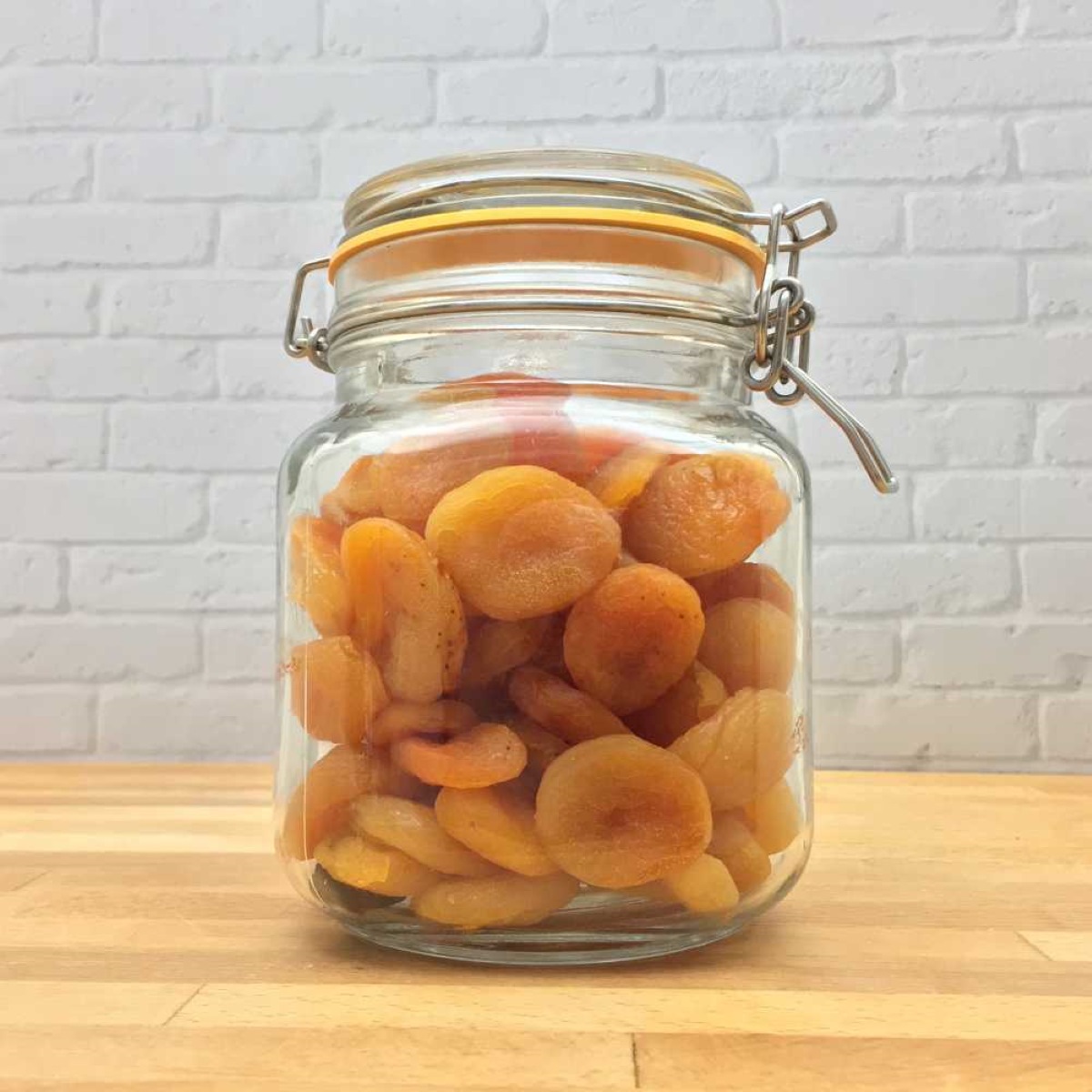

Articles
How To Store Dried Apricots
Modified: April 22, 2024
Learn how to store dried apricots in this informative article. Discover the best methods to maintain their freshness and prolong their shelf life.
(Many of the links in this article redirect to a specific reviewed product. Your purchase of these products through affiliate links helps to generate commission for Storables.com, at no extra cost. Learn more)
Introduction
Dried apricots are a delicious and nutritious snack that can be enjoyed year-round. Whether you have bought them in bulk or harvested them from your own apricot tree, proper storage is essential to maintain their flavor and texture. Improper storage can lead to dried apricots becoming stale, lose their vibrant color, or even develop off flavors.
In this article, we will explore the benefits of storing dried apricots, the factors to consider before storing them, the best storage containers to use, steps to store them properly, tips for maintaining their quality, and answers to frequently asked questions. By following these guidelines, you can ensure that your dried apricots stay fresh and preserve their nutritional value for long periods.
Key Takeaways:
- Properly storing dried apricots extends their shelf life, preserves their nutritional value, and ensures a convenient, cost-effective, and versatile snack option year-round.
- Choosing the right storage containers, following proper storage steps, and implementing maintenance tips are essential for keeping dried apricots fresh and delicious for extended periods.
Read more: How To Dry Apricots In A Dehydrator
Benefits of Storing Dried Apricots
Storing dried apricots properly offers several benefits that make it worth the effort. Here are some of the key advantages:
- Extended shelf life: Proper storage can significantly extend the shelf life of dried apricots. When stored correctly, they can remain fresh and flavorful for up to a year or even longer.
- Convenience: Storing dried apricots allows you to have a healthy and delicious snack readily available at any time. It eliminates the need for frequent grocery store runs or the risk of the apricots spoiling.
- Nutritional value: Dried apricots are a nutrient-dense fruit, packed with vitamins, minerals, and antioxidants. By storing them properly, you can preserve their nutritional content and enjoy these benefits for a more extended period.
- Cost-saving: Buying dried apricots in bulk and storing them properly can be a cost-effective solution. You can take advantage of sales or discounts and ensure that you always have a supply of dried apricots without paying a premium price.
- Flexibility in recipe preparation: Keeping a stash of stored dried apricots allows you to incorporate them into various recipes. Whether you want to add them to baked goods, salads, or savory dishes, having them on hand offers versatility in your culinary adventures.
- Seasonal availability: Dried apricots can be enjoyed year-round, even when fresh apricots are not in season. By storing them properly, you can savor the flavors of apricots regardless of the time of year.
Now that we understand the benefits of storing dried apricots, let’s delve into the factors to consider before storing them to ensure optimal freshness and quality.
Factors to Consider Before Storing Dried Apricots
Before you start storing dried apricots, there are a few factors that you should take into consideration. These factors play a crucial role in maintaining the quality and freshness of your dried apricots. Here are some key points to keep in mind:
- Quality of dried apricots: Ensure that the dried apricots you plan to store are of high quality. Look for apricots that are plump, have a vibrant color, and are free from mold or signs of spoilage. Storing low-quality dried apricots can affect the overall taste and texture.
- Moisture content: Dried apricots should have minimal moisture content for long-term storage. Excessive moisture can lead to mold growth and spoilage. Before storing, make sure the dried apricots are fully dried and not sticky to the touch.
- Storage conditions: Consider the storage conditions available to you. Ideally, dried apricots should be stored in a cool, dry, and dark place. Exposure to heat, humidity, and light can degrade the quality of the apricots and accelerate spoilage.
- Storage containers: Choose the right storage containers that provide airtight seals and protection from moisture and light. Opt for food-grade containers made of glass or BPA-free plastic. Avoid storing dried apricots in metal containers to prevent any potential reactions.
- Temperature: The temperature of the storage area is critical. Dried apricots should be stored in an environment where temperatures remain relatively stable and cool. Extreme temperature fluctuations can affect the shelf life and quality of the apricots.
- Avoid exposure to air: It is crucial to minimize the exposure of dried apricots to air. Oxygen can cause oxidation and spoilage of the apricots. Ensure that the storage containers are properly sealed to prevent air from entering.
Considering these factors before storing dried apricots will help ensure that they retain their freshness, flavor, and nutritional value. Now let’s move on to discussing the best storage containers to use for dried apricots.
Best Storage Containers for Dried Apricots
Choosing the right storage containers for your dried apricots is essential to maintain their quality and maximize their shelf life. Here are some of the best storage containers that you can use:
- Glass Jars: Glass jars with airtight lids are an excellent choice for storing dried apricots. They provide a non-reactive and moisture-free environment, keeping the apricots fresh and protected from light. Opt for jars with rubber-sealed lids to ensure a tight seal.
- Food-Grade Plastic Containers: BPA-free plastic containers with tight-fitting lids can also be used for storing dried apricots. Look for containers specifically designed for food storage. Choose opaque or light-blocking containers to shield the apricots from light and maintain their quality.
- Vacuum-Sealed Bags: Vacuum-sealed bags are a great option for long-term storage of dried apricots. The airtight packaging eliminates oxygen exposure, helping to preserve the apricots’ freshness. Use a vacuum sealer machine to remove air from the bags before sealing them.
- Metal Tins: Metal tins with tight-fitting lids can be used for short-term storage of dried apricots. However, it is important to line the tin with a food-grade plastic bag or parchment paper to prevent any potential reaction between the apricots and the metal.
- Mason Jars: Mason jars are a classic and versatile option for storing dried apricots. They are available in various sizes and provide a secure seal. Before storing, make sure to clean the jars thoroughly and ensure they are completely dry to prevent moisture absorption.
Regardless of the storage container you choose, be sure to label it with the date of storage to keep track of the apricots’ freshness. Store the containers in a cool, dry place away from sunlight and other sources of heat.
Now that we know about the best storage containers, let’s move on to understanding the steps to store dried apricots properly.
Store dried apricots in an airtight container in a cool, dark place to maintain their flavor and texture. You can also refrigerate them for longer shelf life.
Steps to Store Dried Apricots Properly
Properly storing dried apricots is essential to preserve their flavor, texture, and nutritional value. Follow these steps to ensure that your dried apricots stay fresh and delicious:
- Inspect the dried apricots: Before storing, carefully inspect the dried apricots for any signs of mold or spoilage. Remove any discolored or damaged apricots to prevent them from affecting the quality of the rest.
- Clean and sanitize the storage containers: Thoroughly wash the storage containers with warm, soapy water and rinse them well. If using glass jars or plastic containers, sanitize them by soaking them in a mixture of one part vinegar and three parts water for a few minutes. Rinse and dry them completely.
- Dry the dried apricots: Ensure that the dried apricots are fully dried and free from any moisture. If necessary, pat them dry with a clean kitchen towel or paper towels to remove any excess moisture that could lead to spoilage.
- Transfer the dried apricots to the storage containers: Place the dried apricots in the prepared storage containers, ensuring there is some space at the top for easier sealing. Avoid overfilling the containers, as it can lead to crushed or damaged apricots during storage.
- Seal the containers: Seal the storage containers tightly to prevent air, moisture, and light from entering. Use airtight lids, vacuum-sealed bags, or other sealing mechanisms to ensure a secure closure.
- Label and date the containers: Use labels or markers to clearly label each storage container with the date of storage. This will help you keep track of the freshness and ensure that you use the oldest apricots first.
- Store in a cool, dry place: Place the sealed containers of dried apricots in a cool, dry, and dark area. Avoid storing them near sources of heat or direct sunlight, as this can lead to flavor and color degradation.
- Regularly check for freshness: Periodically check the stored dried apricots for any signs of spoilage, such as mold or off flavors. If you notice any issues, discard the affected apricots and ensure that the remaining ones are still properly sealed.
By following these steps, you can ensure that your dried apricots stay fresh, flavorful, and ready to enjoy for an extended period. Next, let’s explore some tips for maintaining the quality of stored dried apricots.
Read more: How To Store Apricots
Tips for Maintaining the Quality of Stored Dried Apricots
To ensure that your stored dried apricots retain their quality and remain delicious for as long as possible, consider these tips:
- Keep them away from moisture: Moisture is the enemy of dried apricots. Store them in moisture-free containers and avoid exposing them to humid environments.
- Avoid temperature fluctuations: Fluctuating temperatures can impact the texture and flavor of dried apricots. Keep them in a storage area with a consistent temperature to maintain their quality.
- Minimize exposure to light: Light can cause the color and nutritional content of dried apricots to degrade. Keep them in opaque or light-blocking containers to protect them from light exposure.
- Avoid exposure to air: Oxygen can lead to oxidation and spoilage of dried apricots. Ensure that the containers are properly sealed to minimize air exposure.
- Store in small portions: If you frequently use dried apricots in smaller quantities, consider dividing them into smaller portions before storage. This way, you can open and use only what you need, keeping the rest sealed and fresh.
- Rotate the stock: When using your stored dried apricots, make sure to use the oldest ones first. Properly label and date your containers to keep track of freshness and ensure nothing goes to waste.
- Avoid storing near strong odors: Dried apricots can absorb odors from nearby strongly scented items. Keep them away from spices, strong-smelling foods, or cleaning products to avoid any flavor contamination.
- Regularly check for signs of spoilage: Periodically inspect your stored dried apricots for any signs of mold, off flavors, or texture changes. If you notice any issues, discard the affected apricots to prevent spoilage from spreading.
By following these tips, you can maximize the freshness and quality of your stored dried apricots, ensuring that they remain a delicious and nutritious snack for a long period.
Now, let’s address some commonly asked questions about storing dried apricots.
Frequently Asked Questions (FAQs)
Q: How long can I store dried apricots?
A: When stored properly in airtight containers in a cool, dry, and dark place, dried apricots can remain fresh for up to a year or even longer.
Q: Can I store dried apricots in the refrigerator?
A: While refrigeration can help prolong the shelf life of dried apricots, it is not necessary if they are stored in a cool, dry place. If you choose to refrigerate them, make sure they are well-sealed to prevent moisture absorption.
Q: Can I freeze dried apricots for long-term storage?
A: Freezing dried apricots is not recommended. The moisture content in apricots may cause them to become mushy when thawed.
Q: How can I tell if my stored dried apricots have gone bad?
A: Signs of spoiled dried apricots include mold growth, off smells, or a rancid taste. If you notice any of these signs, discard the apricots immediately.
Q: Can I store dried apricots with other dried fruits?
A: It is generally safe to store dried apricots with other dried fruits. However, be cautious with strong-smelling fruits, as they may transfer odors to the apricots.
Q: Can I store dried apricots in plastic bags?
A: It is best to avoid storing dried apricots in plastic bags, as they may not provide adequate protection from moisture and light. Opt for airtight glass jars or food-grade plastic containers instead.
Q: Can I store dried apricots in the pantry?
A: Yes, you can store dried apricots in the pantry, as long as it is cool, dry, and away from direct sunlight. Ensure that the containers are properly sealed to protect the apricots from moisture and light.
Q: Can I store dried apricots that have been opened in their original packaging?
A: It is best to transfer opened dried apricots into airtight containers to maintain their freshness. The original packaging may not provide sufficient protection against moisture and air exposure.
Q: Are there any health risks associated with consuming stored dried apricots?
A: If stored and handled properly, dried apricots pose no significant health risks. However, it is essential to regularly check for signs of spoilage and discard any apricots that appear moldy or have off flavors.
These FAQs should provide you with valuable information regarding the storage of dried apricots. Now, let’s wrap up the article.
Conclusion
Properly storing dried apricots is crucial to maintain their flavor, texture, and nutritional value. By following the guidelines outlined in this article, you can ensure that your dried apricots stay fresh and delicious for an extended period.
We discussed the benefits of storing dried apricots, including their extended shelf life, convenience, and cost-saving advantages. We also highlighted the factors to consider before storing them, such as the quality of the apricots, moisture content, storage conditions, and storage containers.
We explored the best storage containers for dried apricots, including glass jars, food-grade plastic containers, vacuum-sealed bags, metal tins, and Mason jars. Each of these containers provides a secure and moisture-free environment to preserve the quality of the apricots.
The steps to store dried apricots properly were outlined, emphasizing the importance of inspecting the apricots, cleaning and sanitizing the storage containers, drying the apricots, transferring them to containers, sealing the containers, labeling and dating, and storing them in a suitable environment.
To maintain the quality of stored dried apricots, we provided tips such as keeping them away from moisture, avoiding temperature fluctuations and light exposure, minimizing air exposure, storing in small portions, rotating the stock, and checking for signs of spoilage.
Additionally, we addressed frequently asked questions regarding the shelf life of dried apricots, storage methods, signs of spoilage, and the safety of consuming stored dried apricots.
In conclusion, by investing a little time and effort into proper storage, you can enjoy the delightful flavor and nutritional benefits of dried apricots whenever you desire. Remember to adhere to the guidelines and tips shared in this article to ensure that your stored dried apricots remain fresh, delicious, and ready to be enjoyed.
Now, go ahead and store your dried apricots with confidence, knowing that they will provide a healthy and tasty snack for months to come!
Frequently Asked Questions about How To Store Dried Apricots
Was this page helpful?
At Storables.com, we guarantee accurate and reliable information. Our content, validated by Expert Board Contributors, is crafted following stringent Editorial Policies. We're committed to providing you with well-researched, expert-backed insights for all your informational needs.
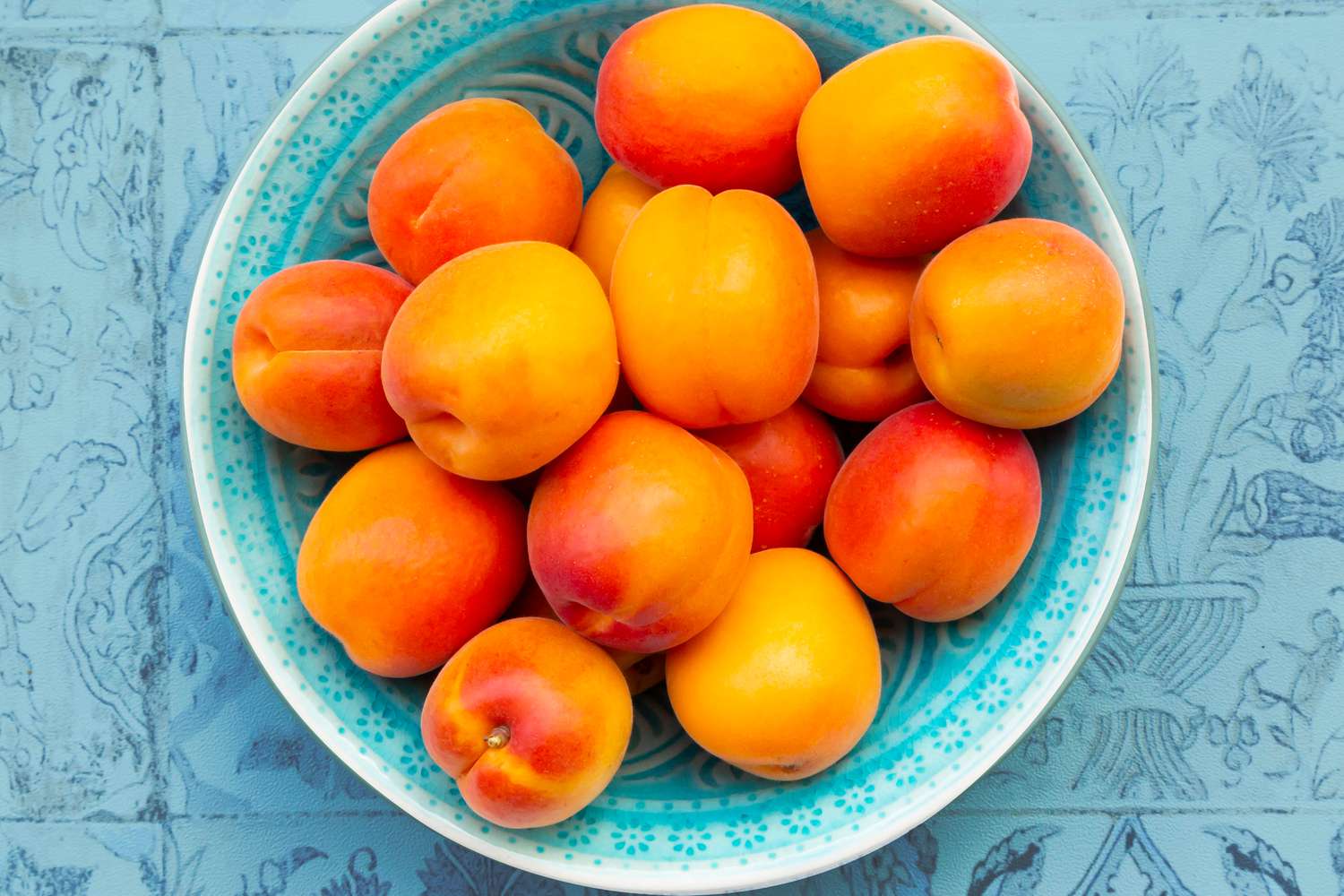
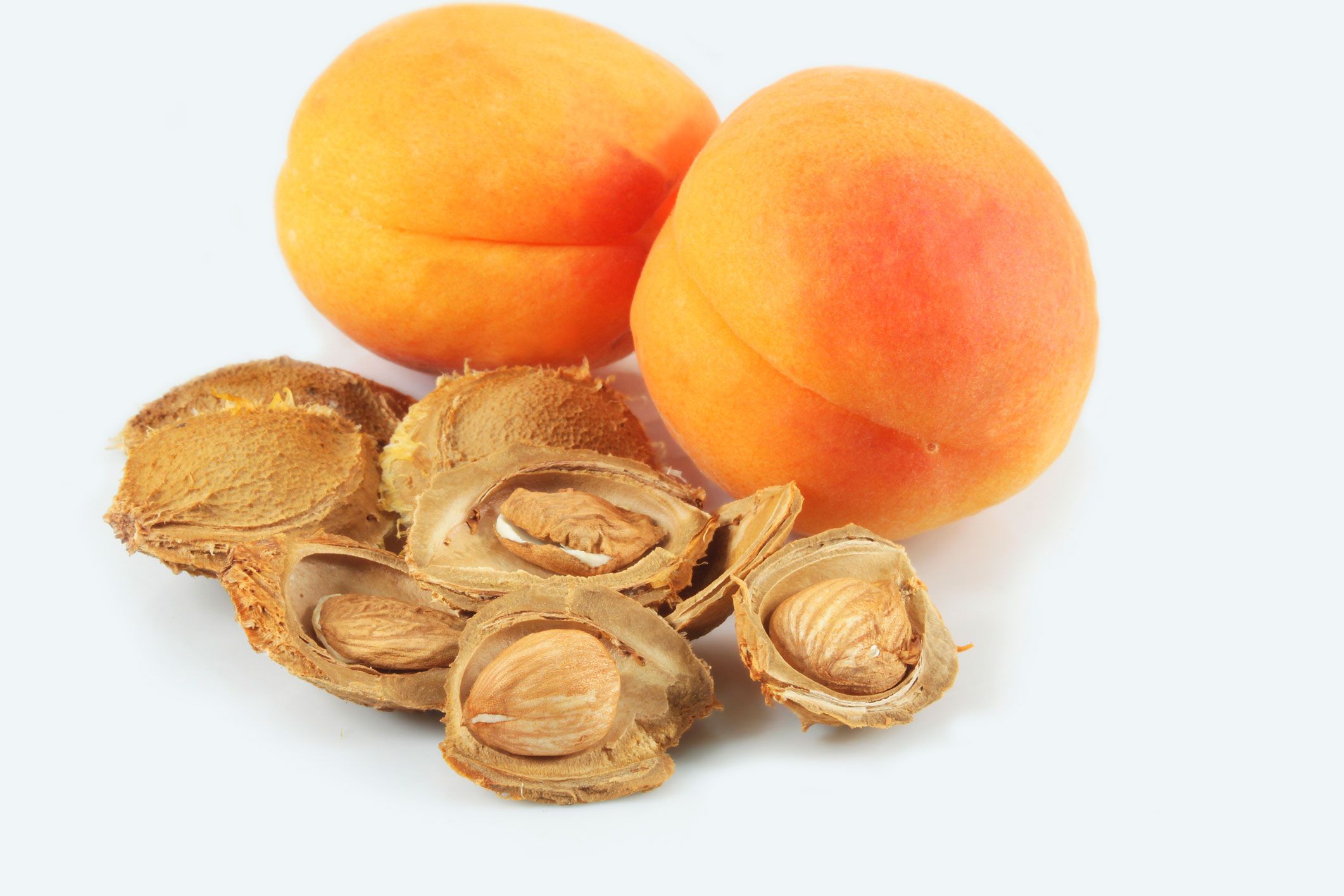
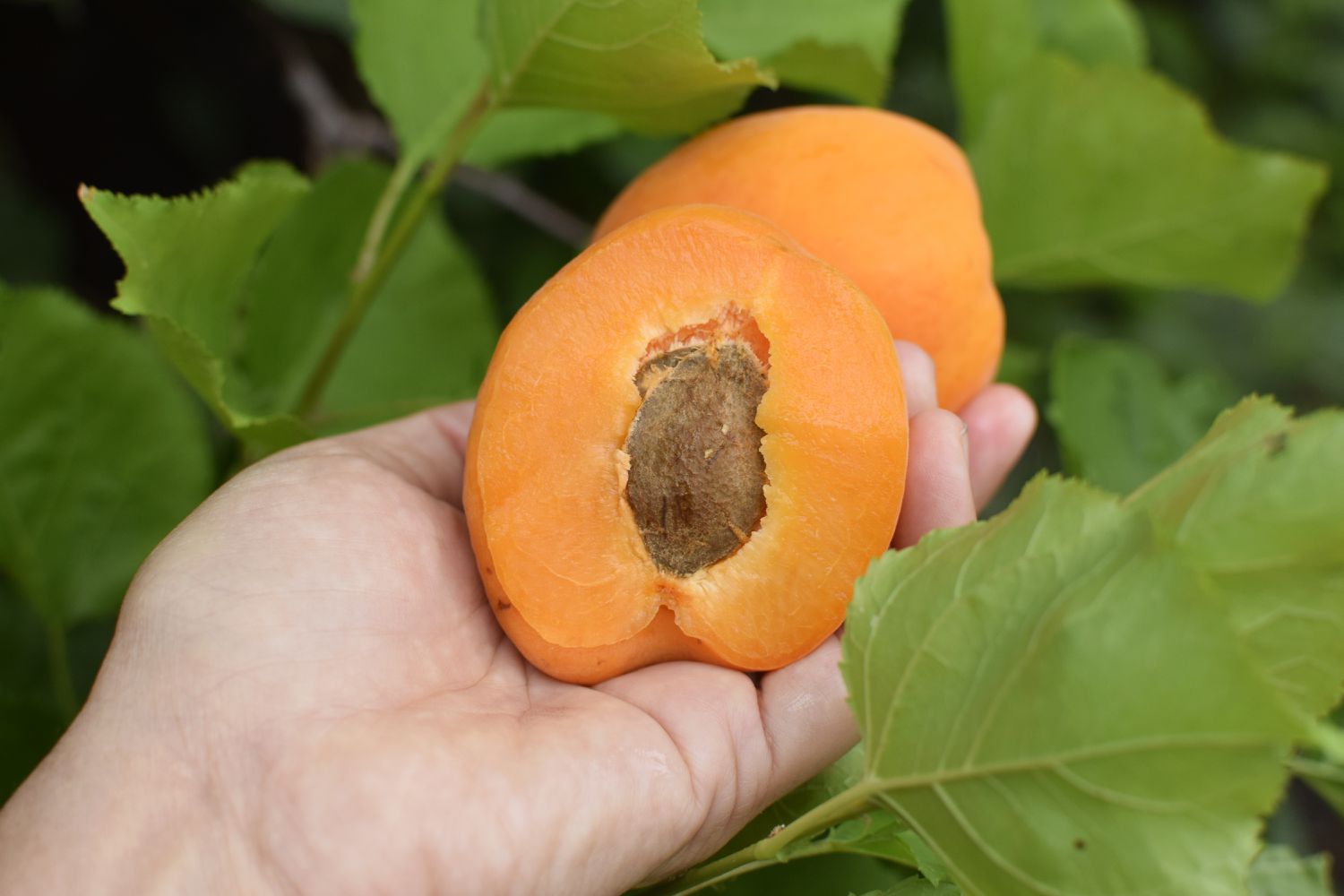
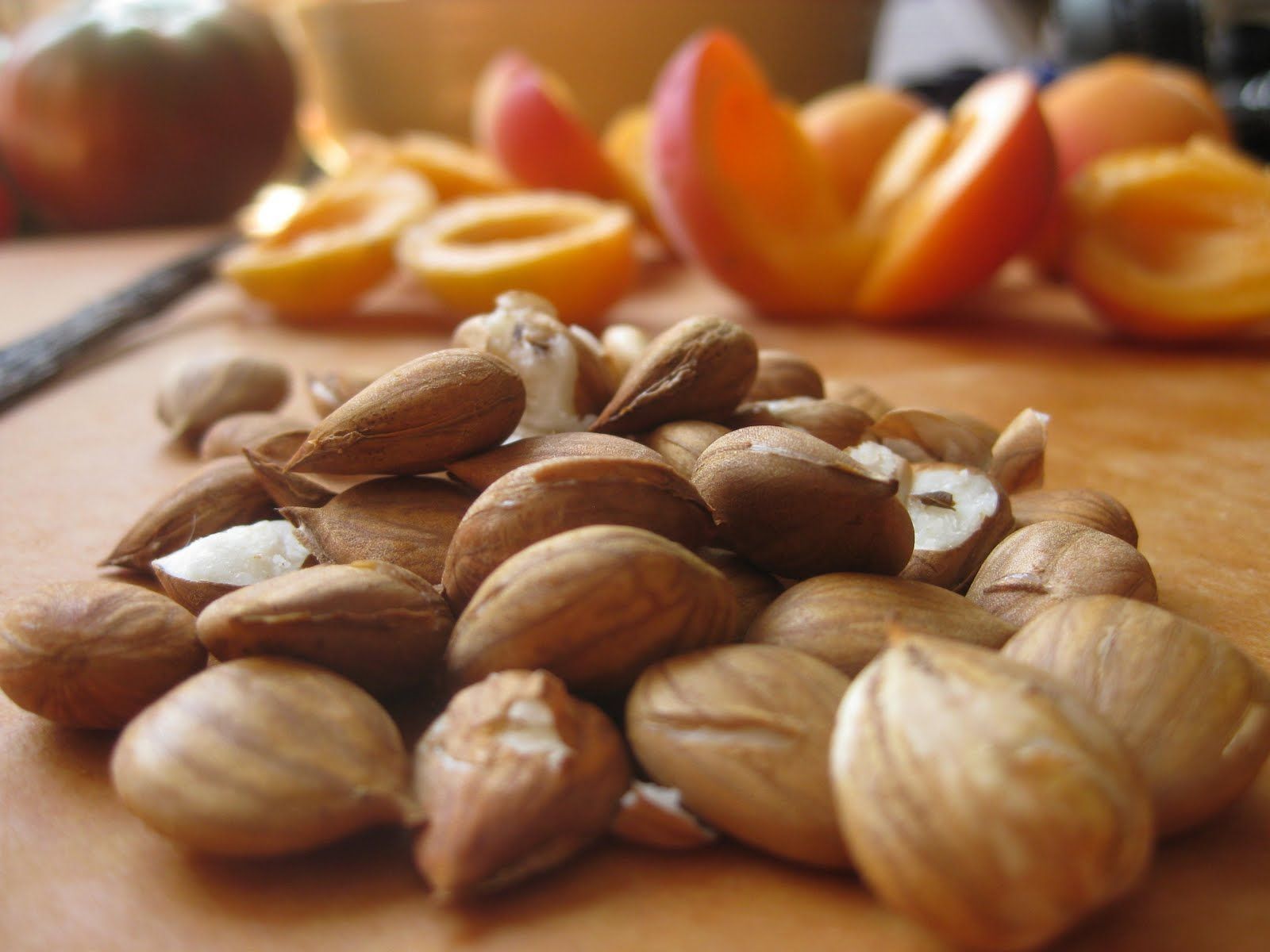
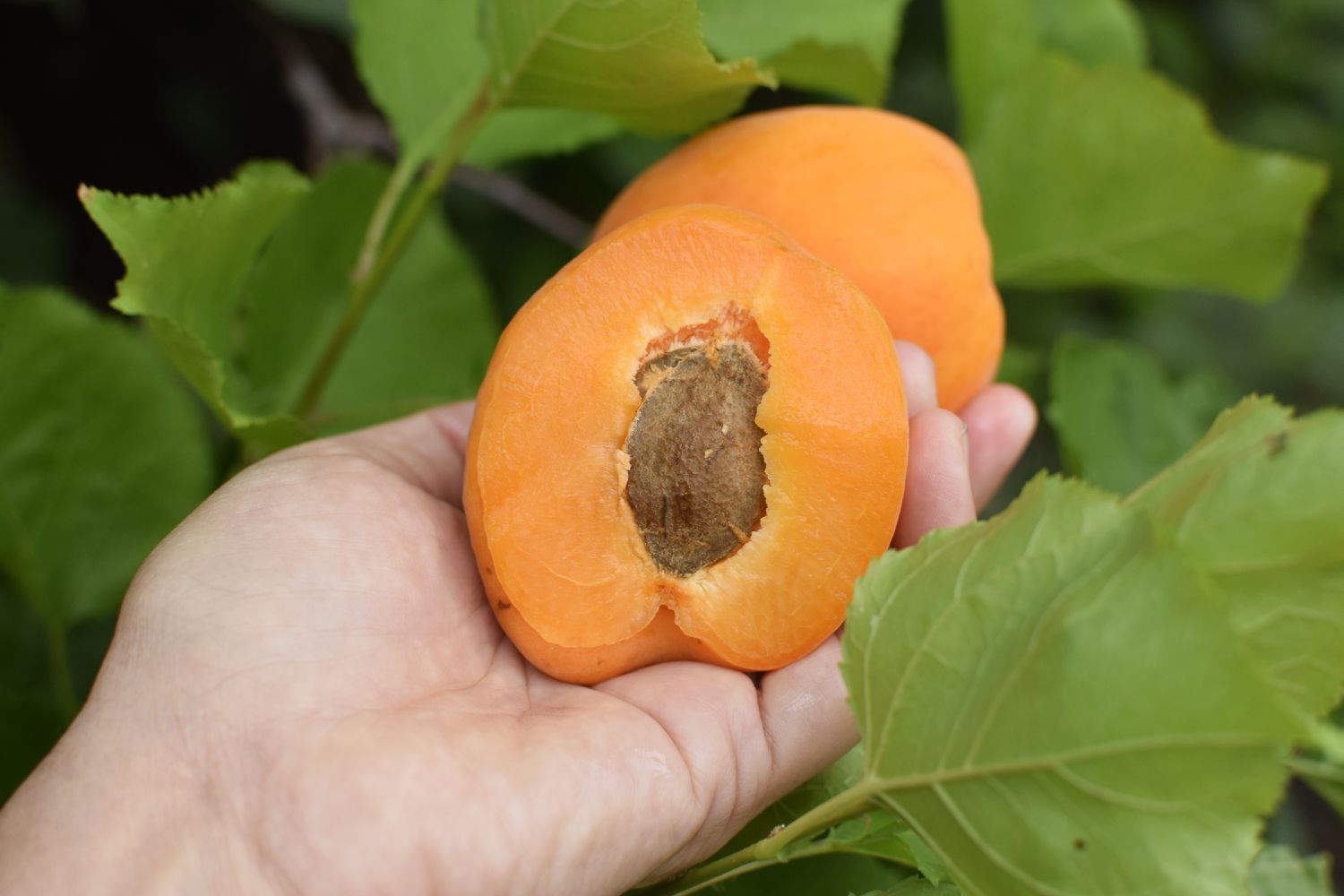

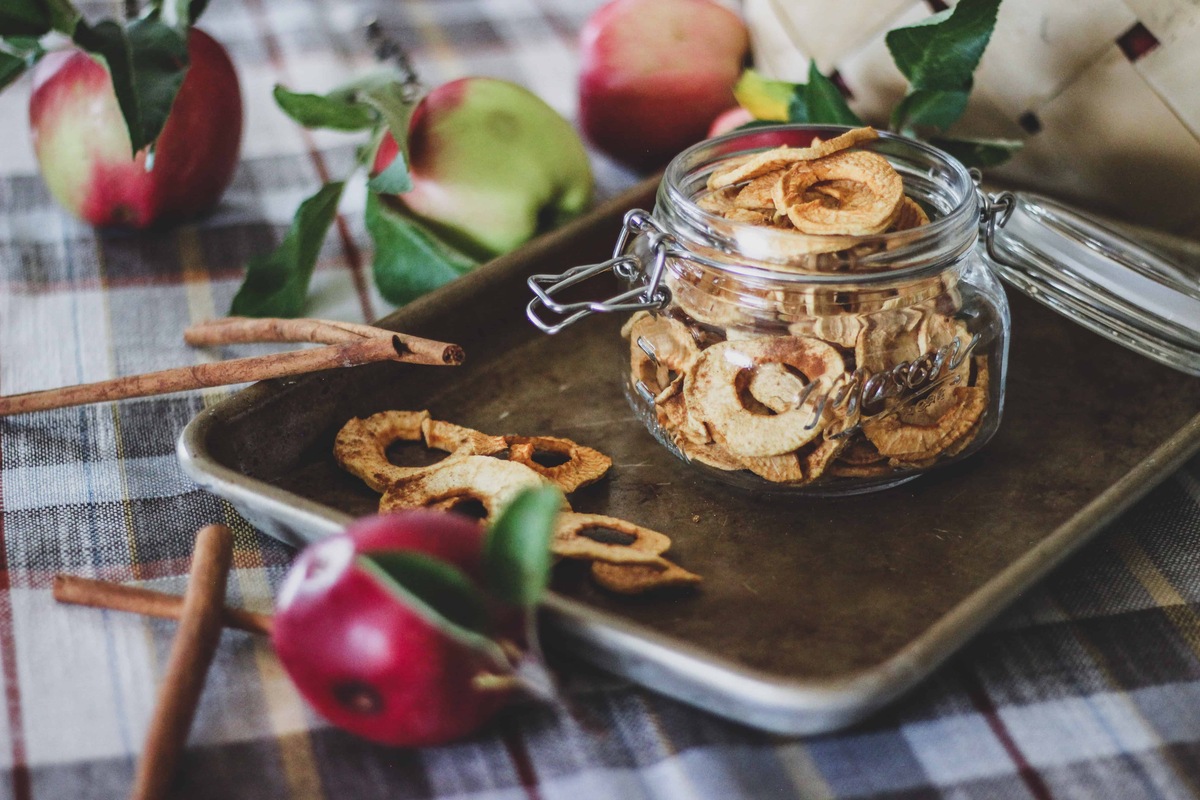
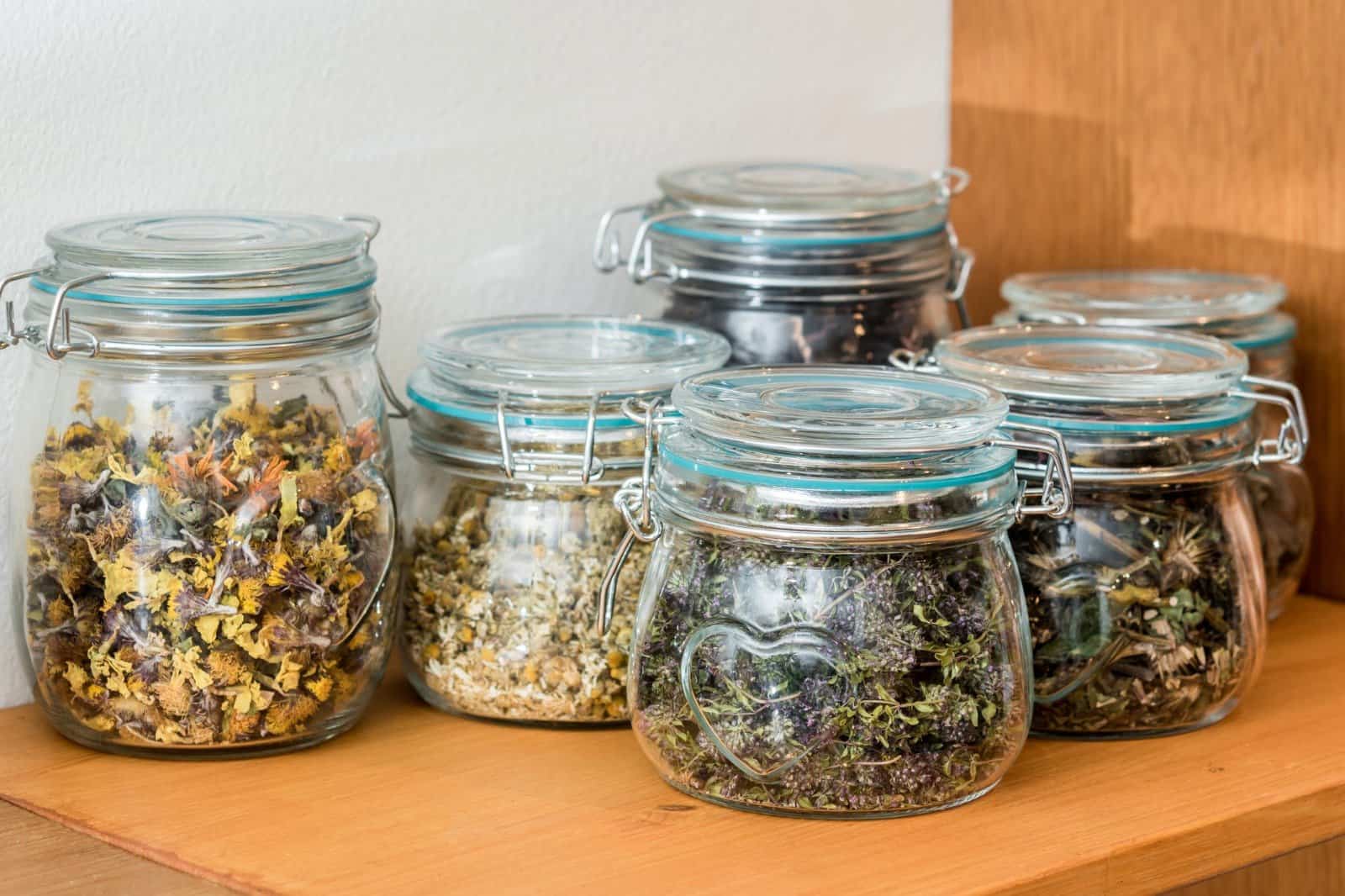


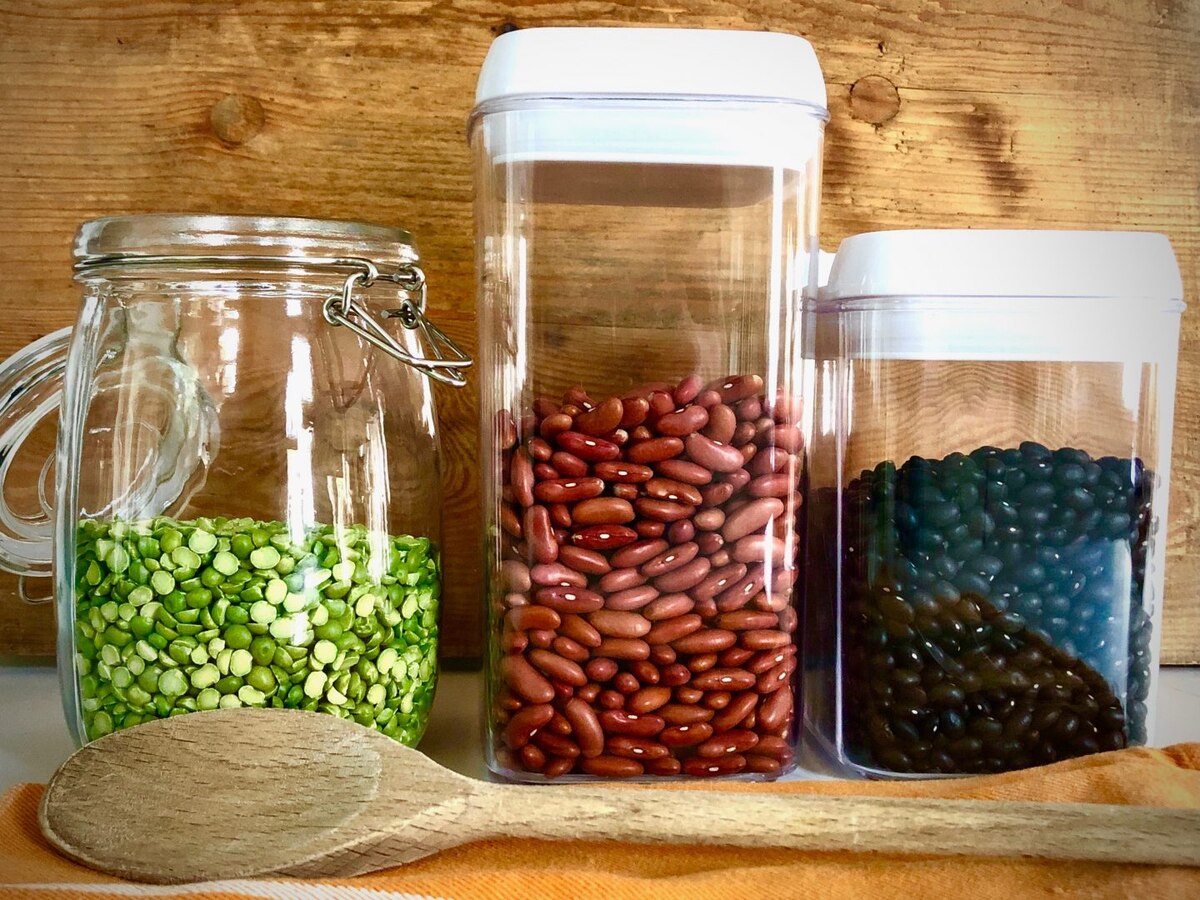
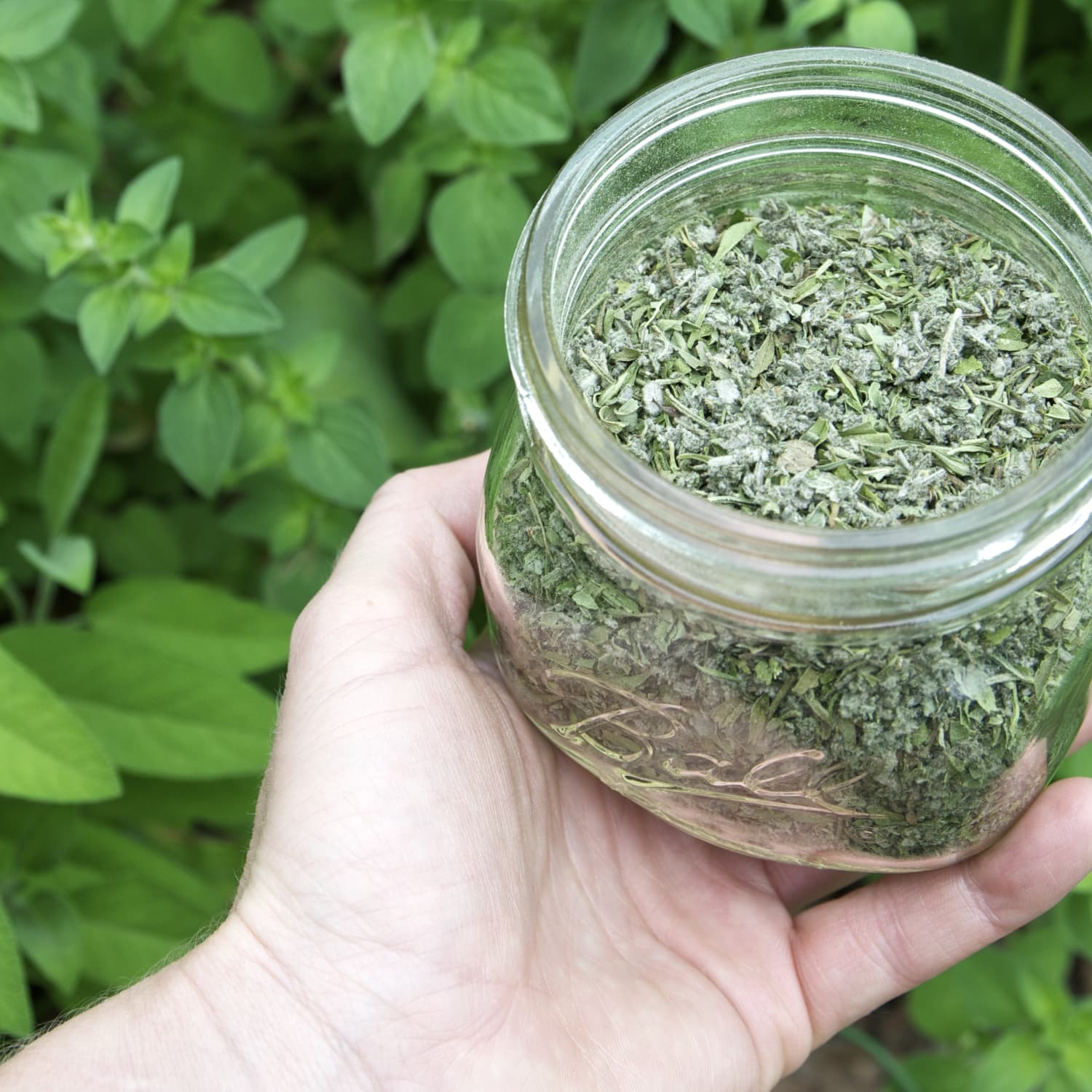
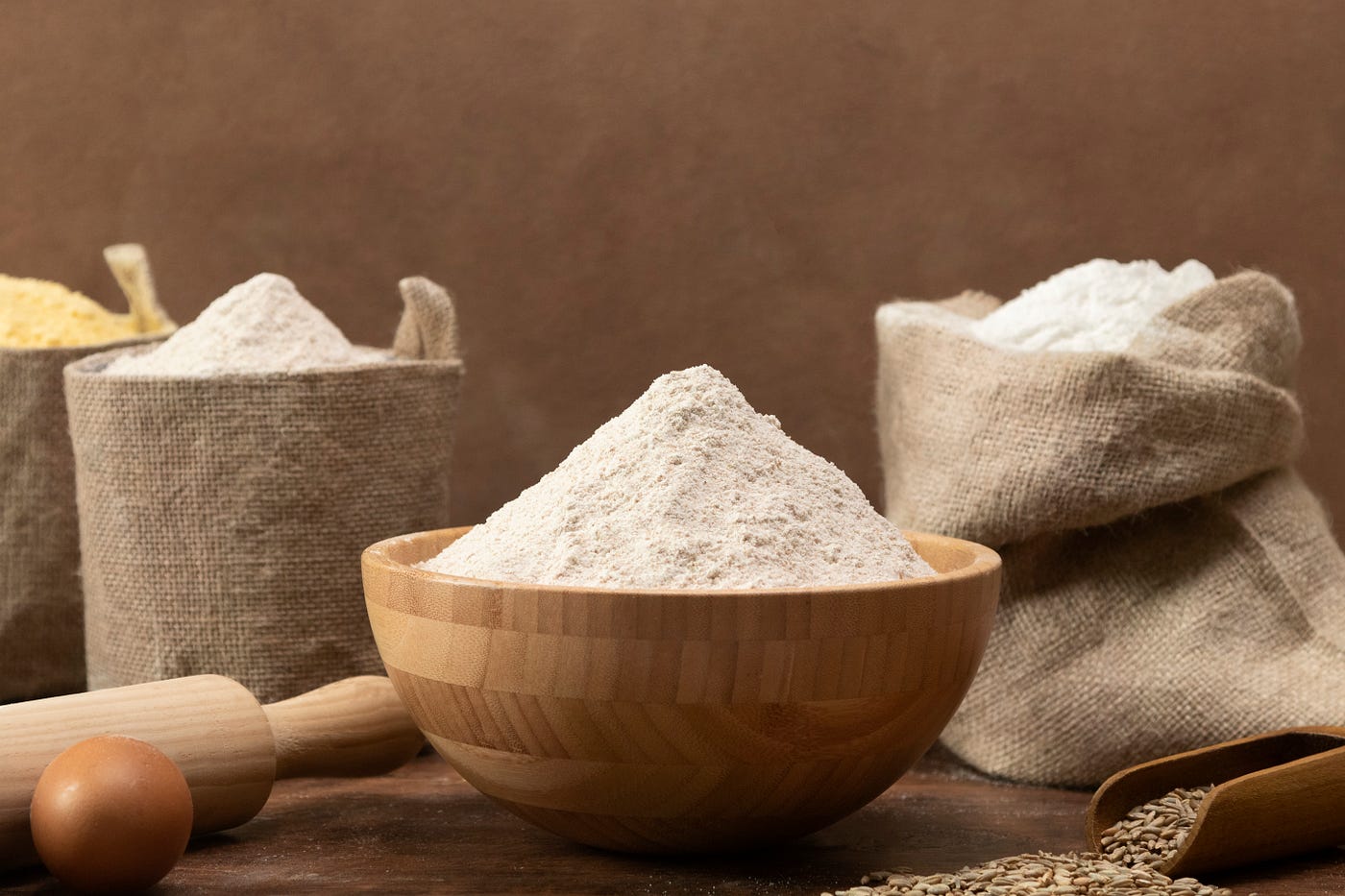


0 thoughts on “How To Store Dried Apricots”